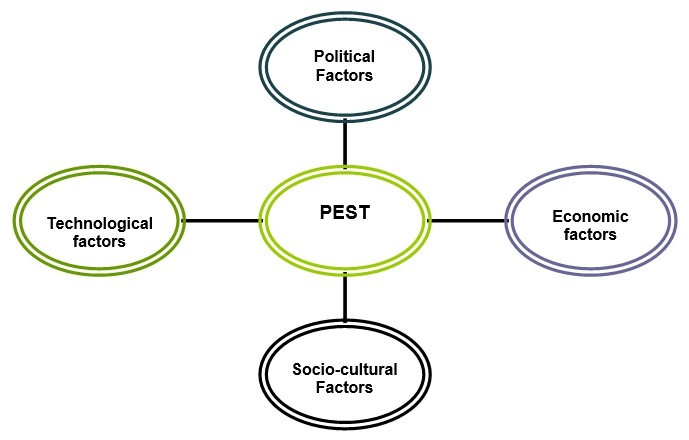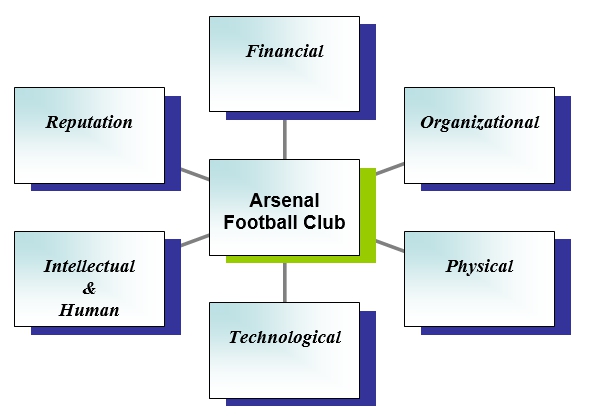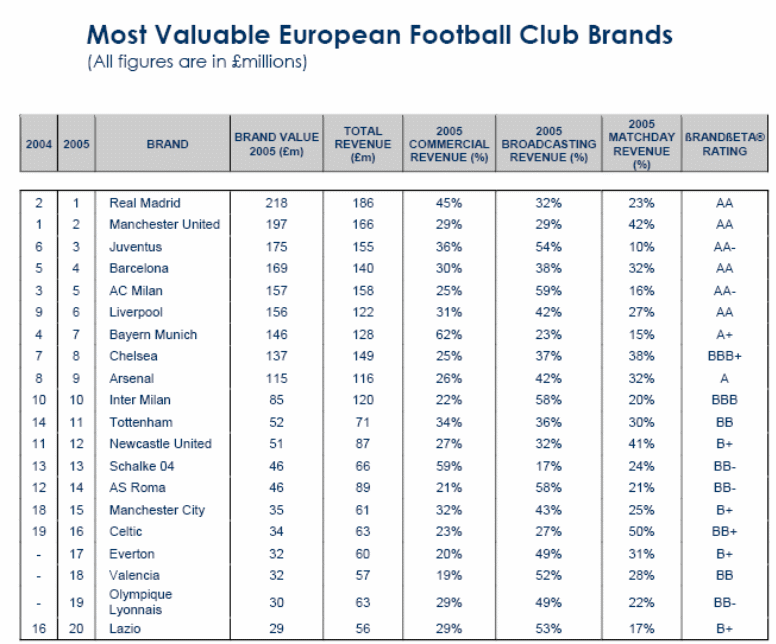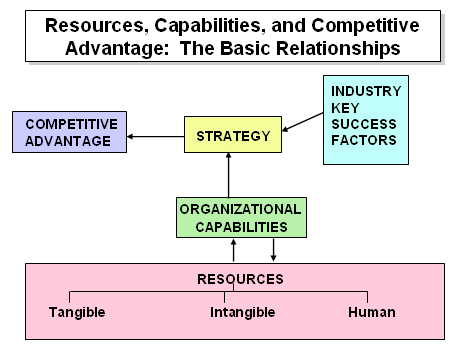Barclay’s Premier League is the up-to-date version of the old English Football League. It was introduced in 1888 as a national tournament and now turned into the most celebrated professional football event all over the globe. People from different countries come to enjoy the tournament and keeps their keen eyes on the sports channels. BPL has aimed to develop itself as a number one global football league; this was to be achieved through increasing the population’s interest in competitions, encouraging accessibility, and ensuring the highest media exposure. BLP also keeps its continuous efforts to generate an amplified commercial value by using consequential incomes; it goes for further enhancement of tournaments, as well as to the potency of the future premier leagues, including its club members and involves its resources to build up playing talent to achieve the global success of the England team at all the levels. BPL has set up with 20 members; it belongs to those twenty clubs of England that work under the guidance of the Football Association whose board of directors takes care of the proper development of the clubs.
Arsenal football club is one of the major participants of this tournament. The main purpose of this paper is to analyze the conditions in the market environment and to perform SWOT and PEST analysis to show the current market position of the organization. This paper will also address the resources and capabilities, critical success factors, market strategy, and core competencies of the club.
Background of the Club
The first name of Arsenal Football Club was Dial Square that started its journey in 1886 when it was organized by the workers of Woolwich Arms factory of south London. Later on, it was turned into Royal Arsenal and Woolwich Arsenal. In 1893 Arsenal was recognized as a second division Football League and promoted to the first division league in 1904. In 1893 it was elected to the 2nd division of the Football League in 1893 and gained promotion to the 1st division in 1904. The club endured in the first division for nine years with serious performance and high-profit generation and gained a major reorganization nationwide. In the 2007-2008 seasons the team played several extremely amusing and stylish football games; it has thrown a well-built challenge for the Barclays Premier League and also presented some successful games in UEFA Champions League and Carling Cup.
Market Environmental Analysis
To discuss the environment of the organization’s performance, it should be considered in terms of SWOT, PEST, and Porter five force analysis.
PEST Analysis of Arsenal
Arsenal’s political environment comprises of the laws and regulations provided by The Barclays Premier League authority. League handbook states the regulations as follows:

Political Factors
- The league should consist of no more than twenty members. Every member must be accompanied by registered offices and other legal documents.
- According to the regulation, the authority can cease the membership of the club anytime.
- Clubs enter with a contract with the league and with other member clubs. The league will insure that the respective clubs abide by the rules and regulations of the league. The officials are obliged to inform the new members about their liabilities.
- There are some rules regarding the game plan and the determination of the championship.
Economic Factors
- The clubs operate in a sound economic situation. Sponsors are available for the clubs. Apart from Emirates, Arsenal also manages some blue-chip companies for sponsorship. They have a long-term contract with the O2 Company, the largest mobile operator in the market.
- Arsenal’s retail business is very profitable and they have a very good merchandise business in Europe. Arsenal’s e-business also shows an upward trend.
- The club has high-quality staff for operations helping it gain economic efficiency.
- The income level of the industry is very optimistic. All the members of the league generate a high level of income.
- Every club must follow the rules regarding accounts, audits, etc.
Socio-cultural Factors
- It believes in equal opportunities and ensures that its employment policies are free from any sort of discrimination (based on race, color, sex, ethnic origin, or disability). Handicapped individuals are treated in a fair way for all sorts of posts available, and, if any worker pro whatsoever cause becomes disabled during work, the group will take the responsibility of the rehabilitation.
- Individuals from 16 to 19 years who are illiterate or unemployed take a 4 months course that proffers important expertise on literacy, interpersonal and societal enhancement.
- It persists in bloating its schemes in the provincial and international commune, offering a variety of gaming, schooling, communal enclosure, and diversity programs.
Technological factors
- Technology is changing rapidly. The clubs are also synchronizing themselves accordingly.
- Arsenal gains much profit from its e-business. It is using digital technology for all its operations.
- The club is using the internet for its customers. Spectators can reserve their match tickets through it.
- Match news is also available on the internet. Spectators can enjoy live matches through their cell phones.
SWOT Analysis

Strength
- Arsenal clings to the top position in various tournaments withholding tremendous popularity. In the 2008-2009 session it assured the fourth position in Premier League with unbeaten 21 games and reached to semi-finals in both UEFA Champions League and FA Cup.
- Its financial report shows that in 2008 the Group’s return was £223 million, whereas its profit before taxation was £36.7 million and earnings per share were £413.49 (Arsenal Broadband Ltd 2009).
- Some projects like the Highbury Square project brought a large amount of profit, screening an upward trend throughout the last three years.
- With the sponsorship support of Emirates, Arsenal developed a strong home ground, which is more resourceful than the earlier one.
- Currently, most of the popular and skilled players are playing here.
- It has several fair play trophies showing the player’s modesty.
- Arsenal contributes a large sum of money to a charity organization named Teenage Cancer Trust (Arsenal Holdings plc 2009).
Weakness
- Some key players departed
- It invested huge amounts in the Emirates Stadium creating pressure on the operating funds.
- The club failed to win the champion trophy currently.
- It botched to sell the expected level of the apartments at Highbury Square.
Opportunity
- Club has the prospect to win the Premier League in the next session.
- It can augment support from spectators.
- Arsenal can bring more star players from outside by transfer fees and flourish the squad increasing the player’s wage levels.
- It can diversify its business by forming teams for other sports.
- The club can use the ground more efficiently organizing programs and concerts bringing extra income.
- Arsenal has a good panorama at UEFA Champion League.
- It can attract more sponsors.
Threats
- The recession created a menace for the club by lowering supporters’ financial abilities, thus, affecting the revenues.
- In the past two or three years, the club was not able to win a trophy in the league.
- Real Madrid, Manchester United, and Liverpool are incredibly strong competitors.
Porter’s Five Forces Analysis
The five forces analysis allows evaluating the environment in which the club operates.
Competitive Rivalry: In recent years, the competitive rivalry of Arsenal is very high because almost all the competitors (Real Madrid, Manchester United, Liverpool, AC Milan, Barcelona, Juventus, and Chelsea) are operating closely and many smaller clubs are nipping at their heels.
The threat of Substitutes: There are many competing clubs in the industry and most of them offer similar services, but there are no clear and prominent substitutes of this sector, so the threat of substitutes in the industry is very low.
The threat of New Entrants: Arsenal have not been threatened by the possibility of new entrants as the barriers of the entry to the industry are relatively high; the reason for this is that skilled trainers, players, strategy, and large amounts of capital are required to achieve economies of scale and to build a successful team.
Bargaining Power of Suppliers:
- It is dominated by a few large Clubs
- Less available satisfactory services
- Suppliers’ contributions are critical for success
- Involves high switching costs.
Bargaining Power of Buyers: Arsenal has mainly two sets of customers: viewers and buyers of the apartments. The bargaining power of buyers is low for the buyer of apartments but high for the viewers who come to the Emirates stadium to enjoy games.
Resources & capabilities
Resources: – Typically, Arsenal owns both tangible and intangible resources which can be categorized into 6 parts according to the resource-based theory:

Financial resources: Annual Report 2008 of AFC gives an idea about its financial resources. In 2008, its total tangible and intangible assets were £44.9517m and £5.5665m respectively, whereas, in 2007, these amounts were £45.53m and £6.4671m. In 2008, this club had generated revenue of £68m from broadcasting (£24m exceed from 2007), £94.6m from the gate and match day, £13.1m from retail and £31.3m from commercial sectors. The profit after tax is £35.2 million in 2009. In 2008, the profit was £25.7 million (Arsenal Holdings plc 2009). According to the financial report of 2009, group turnover increased to £313.3m (£223.0m in 2008) and operating profits (before depreciation and player trading) in the football business were £62.7m (£59.6m in 2008).

Source: Annual report 2008
Organizational resources
The annual report of 2005 explains that Arsenal has four major business Units from which the income of the club generates.
Physical resources
The main physical resource of the club is its Emirates Stadium. The club’s Matchday revenue increased to £100.1m due to this first-class stadium. This stadium is modern and equipped with all football facilities. The financial report (2009) states that it generates large amounts from the housing business; for example, it has 655 private apartments in the development and, from these, 445 units have already been sold by the club. The total sales revenue from this sector is more than £172.40m. However, Highbury Square is the current project of the company.
Technological resources
Arsenal club uses most of the modern technology for its operation. Its major technological resources include the online system, e-business, game-broadcasting system, etc. It earns a large sum of profit from its e-businesses. All of its operations and reservations of the tickets for the games are carried out through the internet. The club introduces various memberships which can also be joined online.
Intellectual and human resources
Arsenal football club mainly has two types of staff, such as team members, who introduce players, and coaches and official staffs that include board of directors and other employees. As the players are the main assets of this football club, it spends huge money to pay wages to the expert players and trainers, to train the old and new players, and to develop the stadium. The club has contacted several experienced trainers and players, for instance, the 23 years old Thomas Vermaelen, who has experience in both the UEFA Cup and UEFA Champions League, and leading goal scorer Emmanuel Adebayor who played for Manchester. Kolo Toure, Robin, Theo, Jack, Aaron, Nicklas, and Denilson are also experienced players who had a short and long-term contracts with Arsenal.
Reputation resources
Brand Finance Plc (2006) reported that Arsenal is one of the most valuable European brands, which was in the eighth position in 2004 and ninth position in 2005. According to this report, in 2005, its brand value was £116m and its brand rating was A.

Arsenals’ Capabilities
None of the organizations can survive on resources only. A firm must have the capabilities to direct the resources to proper channels to gain profit. Arsenal has all resources to attain the profitability target. To gain the capabilities, it is imperative to take some steps. These steps are as follows:
- Identify the key resources and capabilities: Arsenal’s key resource is its financial strength. It has an outstanding profit margin as per its financial report. The club has a superior stadium and other physical assets. Their employees and coaching staffs are also very proficient. These resources must fit with the critical success factors of the industry. Otherwise, the resources may give unexpected results.
- Appraising capabilities and resources: Arsenal should appraise their resources and capabilities with two basic tasks. The first one is to assess which resources and capabilities are important to the competitive advantages that convey the most complimentary conditions. The second task is to assess the strength and weaknesses of the assets of the club’s rivals. The competitive advantages of the assets are the cub’s higher profits, its stadium, and its loyal supporters and cohorts. The comparison of the resource’s strengths and weaknesses with the competitors’ is a little tough as the value of resources varies from time to time and place to place. Setting a standard or benchmarking for Arsenal’s possessions will assist in measuring their potencies and limitations.
Strategy implication
Arsenal’s strategy is to attract more customers through field performance. After identifying their strengths and weaknesses, the vital issue is to utilize the strengths to administer the weaknesses. Arsenal can use its capital resources to hire better-performing players for the club to improve its performance. Through this, the club will be able to deal with existing weaknesses.
However, resource capabilities fundamentally depend on two factors. These factors are competitive advantages and critical success factors. There will be a brief discussion on CSF in the later part of the paper. The figure shows the relationship of these two factors with resource capabilities.

Corporate Governance
This football club always follows the recommendations of the financial reports, Companies Act 2006, and listing rules of the London Stock exchange to govern the club due to the reason that many large corporations have collapsed due to corporate fraud and ignoring the committees’ advice.
Core competencies of Arsenal
The Earth Times (2009) states that the re-contract with Prozone as a manager for the corresponding ten years at Arsenal would demonstrate a core competence for the club. A frontward looking triumphant manager in the history like Prozone, Arsène Wenger, the specialist for integration of sports science into the learning process, the full post-match analysis via IP system, and the enabled camera in the Emirates stadium should provide core competencies for Arsenal Football Club (The Earth Times, 2009). However, Hill (2005) argued core competencies as the skills of efficiency of a particular organization that other rivals cannot copy and these competencies give a firm the competitive advantages. Arsenal’s core competency is its strong supporter base. Other expertise of the club includes the club’s team, which elicit the result in the field. The unique services it provides to the supporter and adherents are different from their competitors. Thus, the club’s competencies are as follows:
- The extensive supporter base;
- Managing E-business and generation of profit
- Strong profit-generating abilities
- Maintainance of stronger logistics through the larger economies of scale over the major competitors;
- Advance technology to provide services;
- Huge amount of investment in player transfer
- Investment in profit-generating business as housing business
Strategic Fit Analysis
Thompson & Strickland argued that strategic fit is the synchronization process of a company’s strategies with their business divisions. Arsenal’s business divisions flawlessly fit with their strategies. The annual report of 2005 explained that Arsenal has four major business divisions, which generate the income of the club. They are as follows:
- Stadium gate: It is the income-received form dealing with the selling of tickets for the matches. It is one of the main sources of income.
- Retail business: Retail business includes the sale of the replica stripe, changed kit, and other souvenirs of the club. The products sold by the club to their supporters through the retail shops generate a good level of earnings.
- Property Development: Arsenal has a property development business. It constructs buildings for selling them at high prices.
- Broadcasting: Another source of income for the club is match broadcasting. Arsenal receives a large sum of money from the broadcast partner.
Arsenal’s unique resources and core competencies are consistent with its strategies. The unique resources of Arsenal (discussed in the previous section) are very important for its success. The resources must also fit with the critical success factors. D. Ronald Daniel was the first to introduce the concept of CSF in business in the 1960s. CSF is the assemblage of factors that indicates the success of the industries. CSF closely relates to the mission and strategy of the firm. Experts described that CSF should be within four or five in number. The critical success factors related to objectives for the club are as follows:
Corporate Strategy
The corporate strategy of Arsenal consists of the strategies regarding the major business units of the club. According to the official websites, the club has twelve specific areas where it formulates the strategies. They are as follows:
- Accessibility: Arsenal tries to ensure maximum access to spectators in the game. They also provide facilities to non-season ticket holders. The club provides low prices for tickets for juniors and aged people.
- Away Support: Arsenal does not charge admission fees from the visiting club’s supporters;
- Customer Service: Arsenal responds to its customers’ contact within seven days;
- Consultation and Information: Arsenal’s fan forum consists of nearly seventeen supporters from which the feedback is obtained regularly by the club management.
Reference List
Arsenal 2009, Arsenal Confirms Record Profit And Significant Progress On Highbury Square Project. Web.
Arsenal 2008, Statement of Accounts and Annual report 2008 of Arsenal. Web.
Arsenal 2005, Statement of Accounts and Annual report 2005 of Arsenal. Web.
Arsenal Holdings plc ,2009, Arsenal Confirms Record Profit and Significant Progress On Highbury Square Project. Web.
Arsenal Broadband Ltd 2009, History: Laying the Foundations – Overview. Web.
Brand Finance Plc 2006, The Brand Finance Index of The Most Valuable European Football Club Brands. Web.
Porter, ME 2004, Competitive Strategy. Export Edition, The Free Press, New York.
Premier League 2009, A History of the Premier League. Web.
Thompson, AA & Strickland, AJ 2003, Strategic Management. 13thedition. Tata McGraw-Hill Publishing Company Ltd., New York.
The Earth Times 2009, Arsenal FC Extend Prozone’s Performance Analysis Service to 10 Years, Press Release. Web.
